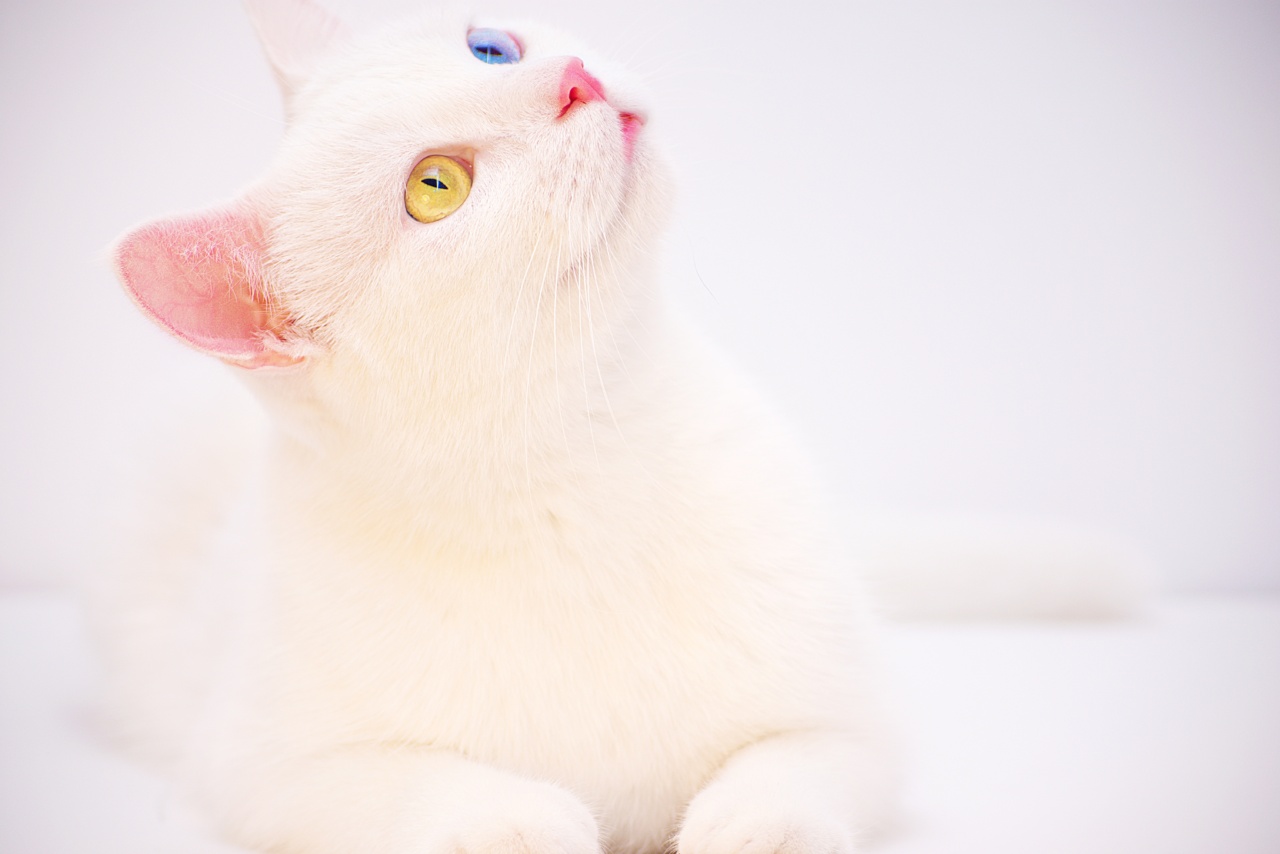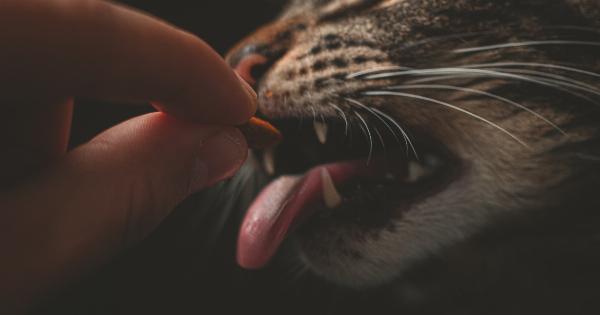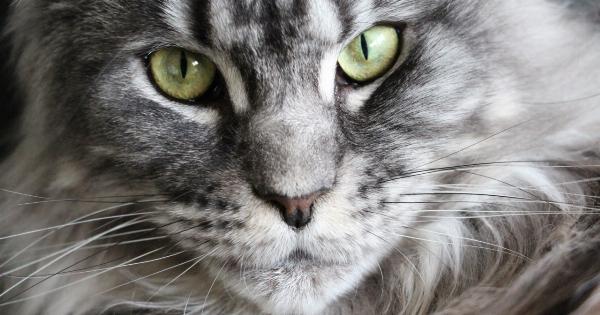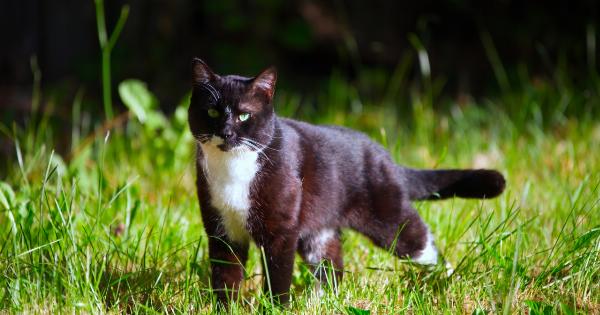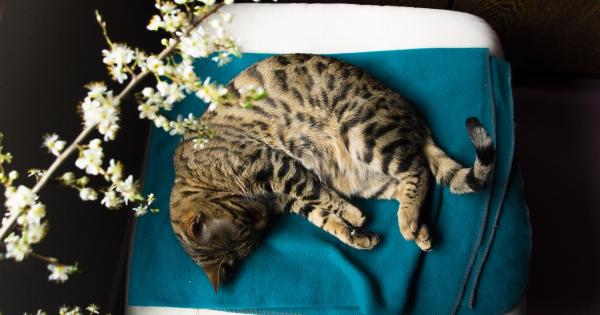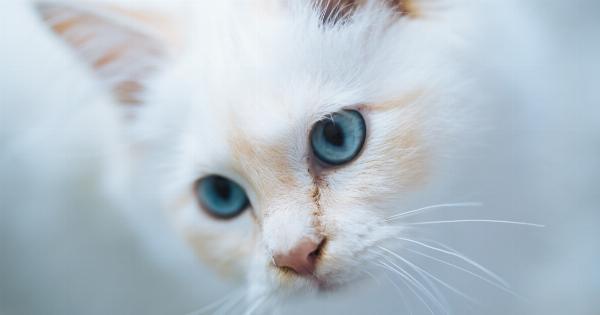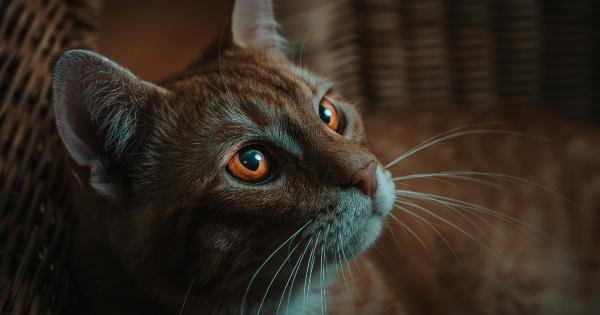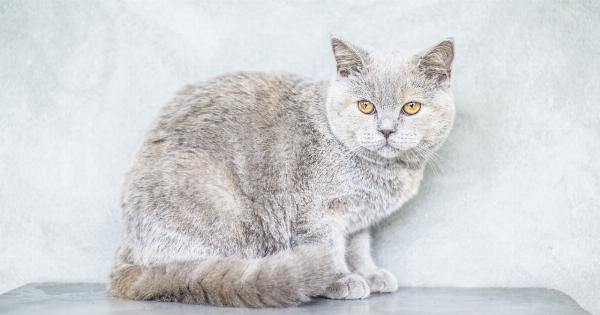White cats with blue eyes have long been associated with deafness. This belief is so widespread that many people refuse to adopt white cats with blue eyes because they believe that these cats are problematic and require special care.
However, this belief is nothing more than a myth. In reality, white cats with blue eyes do not have a higher incidence of deafness than other cats. In fact, many white cats with blue eyes have normal hearing and are perfectly healthy.
Why Do People Believe That White Cats with Blue Eyes Are Deaf?
The belief that white cats with blue eyes are deaf likely originated from a misunderstanding of genetics. White cats with blue eyes are often associated with a gene that causes the white fur and blue eye color.
However, this gene is also linked to deafness in cats.
But here’s the catch: not all white cats with blue eyes have the gene that causes deafness. In fact, only some white cats with blue eyes have this gene. And even among those cats that do have the gene, not all are deaf.
There are several factors that can influence whether or not a cat with the gene for white fur and blue eyes will develop deafness.
What Causes Deafness in White Cats with Blue Eyes?
The gene that causes white fur and blue eyes in cats is called the W gene. This gene is responsible for producing white fur and blue eyes, but it can also affect the development of the inner ear.
When the W gene is present, it can interfere with the development of the structures in the inner ear that are responsible for hearing.
However, not all cats with the W gene develop deafness. There are several factors that can influence whether or not a cat will develop deafness, including the specific mutation of the W gene, the cat’s age, and other genetic factors.
It’s worth noting that not all white cats with blue eyes have the W gene. There are other genes that can produce white fur and blue eyes, and these genes are not linked to deafness.
How Common Is Deafness in White Cats with Blue Eyes?
Deafness is more common in white cats with blue eyes than in other cats, but it is still relatively rare. According to one study, only about 17-22% of white cats with blue eyes are deaf in both ears.
Many cats with the gene for white fur and blue eyes have normal hearing.
It’s also worth noting that not all cats that are deaf in both ears are white and have blue eyes. Deafness can occur in cats of any color and pattern, and it can be caused by a variety of factors.
How Can You Tell If Your Cat Is Deaf?
If you suspect that your cat may be deaf, there are several signs to look out for. Deaf cats may not respond to sounds or may be unresponsive when you call their name. They may also sleep more than usual or seem disoriented or confused.
If you think your cat may be deaf, it’s important to have them examined by a veterinarian. Your vet can perform tests to determine if your cat is deaf and can offer guidance on how to care for a deaf cat.
How to Care for a Deaf Cat
If your cat is deaf, there are several things you can do to help them live a happy and healthy life. Here are some tips:.
- Provide visual cues: Since your cat can’t hear, they will rely on visual cues to communicate. Use hand signals or flashlights to get your cat’s attention.
- Make your home safe: Deaf cats won’t be able to hear dangers like approaching cars or other animals. Make sure your home is safe and secure. Keep your cat indoors, and use window screens to prevent your cat from escaping.
- Keep your cat’s routine consistent: Deaf cats can become disoriented or anxious if their routine is disrupted. Keep your cat’s feeding and playtime schedule consistent.
- Consider getting another cat: If you have one deaf cat, it can be helpful to get another cat as a companion. This can help your deaf cat feel less isolated and can provide them with a playmate.
The Bottom Line
The belief that white cats with blue eyes are deaf is a myth. While some cats with the gene for white fur and blue eyes may be deaf, many are not. Deafness in cats can be caused by a variety of factors, and it can occur in cats of any color or pattern.
If you suspect that your cat may be deaf, it’s important to have them examined by a veterinarian.
